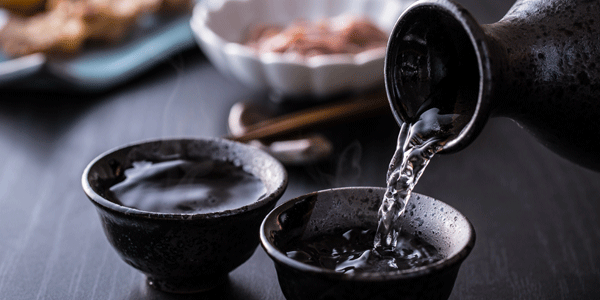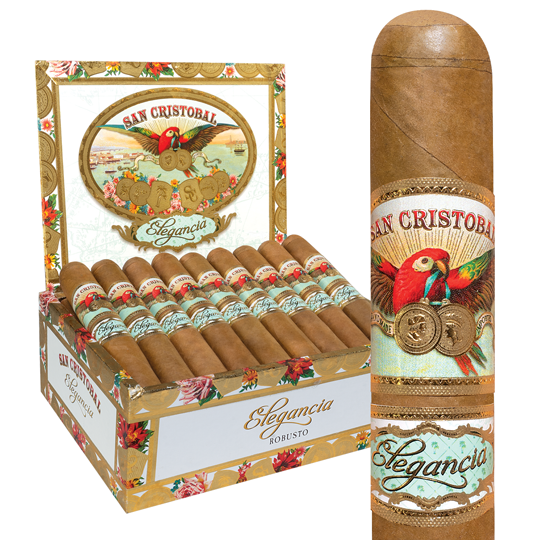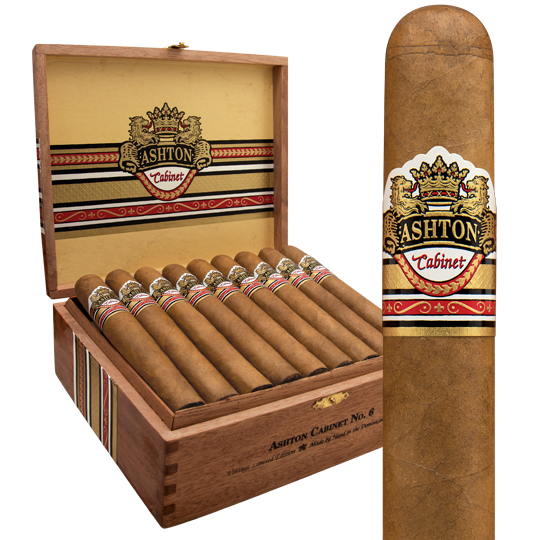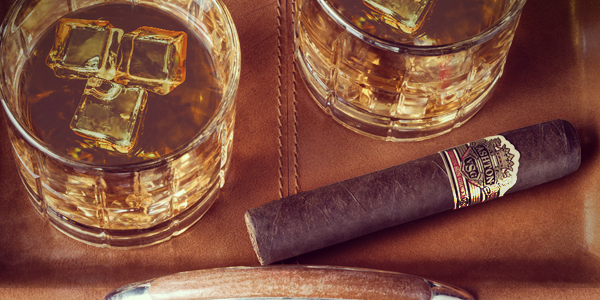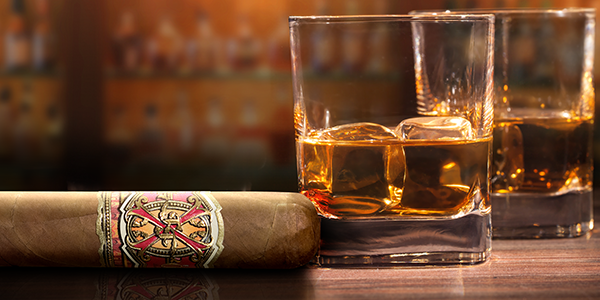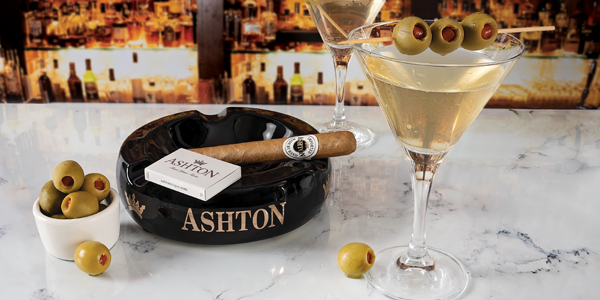Best Cigar & Sake Pairings
Sake likely isn’t the first spirit you’ll think of pairing with a good cigar because bourbon and Scotch are so popular with cigar lovers. But sake, like other light spirits, including vodka and gin, possesses distinct nuances you won’t find in other drinks. Let’s take a deeper look at sake and discover some good cigars to smoke while you’re sipping it.
What Is Sake?
Sake is a Japanese alcoholic beverage. It’s made with rice and is not wine, although it’s often mistaken for wine because of how it drinks. Unlike wine, there are no tannins in sake and it’s low in acidity. Sake, however, is brewed like beer and has a crisp and cutting taste when served cold.
Sake is made from four ingredients: rice, water, yeast, and koji (a mold introduced for fermentation). Sake rice is very different from the rice you eat. There are different kinds of sake, and they are primarily determined by the degree to which the rice grains are polished or milled, meaning ground down. The more polished the rice grains are, the more refined and expensive the resulting sake is. Sake rice that is less milled will exhibit nuttier notes of grain and cereal, while rice that is more polished creates sake that is creamier and more aromatic.
Common Sake Misconceptions
Premium sake is not served in a shot glass that you sink into a pint of beer to guzzle down in a sake bomb. It gets a reputation for causing hangovers, but, like tequila, good sake is intended to be savored for its intricate taste. Its alcohol content, 14-18%, is close to that of wine. Sake is easy on your body because it’s gluten free, sulfite free, has no tannins, no residual sugar, and is low in tartaric acid. Sake is not solely served with seafood, even though most of us only order it when we’re at a sushi restaurant. Some sake goes great with red meat and pizza. Sake can be served hot or cold. Heating sake increases its sweetness and reduces any acidity, while cold sake has a cleaner texture. Hot sake is called okan, room-temperature sake is hiya, and reishu is chilled sake.
Different Types of Sake Paired with Cigars
Sake is characterized in different ways, which can be confusing for the novice, so we’ve identified some general terms you’ll find in the brand name or on the bottle when you’re deciding what sake to drink. And we’ve recommended a good mild, medium, or more full-bodied smoke to go with each.
Junmai-shu & San Cristobal Elegancia
Junmai refers to “pure rice” sake, meaning no alcohol has been added to the sake during or after its production. Junmai sake is made from only rice, water, and koji. At least 30% of the rice grain has been milled away. If “junmai” is not included on a sake label, then alcohol has been added to it. Starchy and nutty flavors of mushroom, vanilla, and wild herbs can be found in junmai sake. San Cristobal Elegancia is a good cigar to pair with junmai sake because both are versatile. Notes of white pepper, cashew, almond, and coffee bean layer the palate with a balance of creamy and zesty nuances in Elegancia.
Ginjo-shu & La Aroma de Cuba Mi Amor
“Ginjo” means “premium.” Ginjo sake has been milled to 60% of its original size, meaning 40% of the rice kernel has been polished off. Fats and proteins that can interfere with fermentation are removed during the milling process. Ginjo is also fermented at a lower temperature for a longer time in a labor-intensive process. This universally appealing sake can be floral and fruity, making it taste great with La Aroma de Cuba Mi Amor. Pepin Garcia blends a 95-rated profile of dark chocolate, almond, espresso bean, and black pepper with a sweet and spicy finish.
Daiginjo-shu & Ashton Cabinet
“Dai” means “big” or “more.” Daiginjo sake is polished all the way to down to at least 50% of the kernel. In some daiginjo sake, only 35% of the grain is left. Daiginjo is the most aromatic, delicate, and luxurious of sake. It’s often fruity and very creamy. Ashton Cabinet Selection is also highly refined, blended from premium Dominican long-filler tobaccos, aged for five to seven years by the Fuente family, and a golden-blond Shade Grown wrapper harvested in the Connecticut River Valley. Velvety notes of cashew, almond, coffee bean, and white pepper culminate in a mellow and rich cigar you will especially enjoy with daiginjo sake.
Honjozo-shu & Oliva Serie V Melanio
A small amount of alcohol is added to honjozo sake near the end of production, although water is added back in later to maintain the same alcohol content. Like junmai, 30% of the rice is ground away. Adding alcohol makes the sake drier, lighter, and easier to drink. An excessive amount of brewer’s alcohol is added to cheap sake, but that’s not the case with honjozo. This fragrant, earthy, and complex sake can linger on the palate. Oliva Serie V Melanio matches nicely with its peppery profile of caramel and wood. A toothy Ecuador Sumatra covers vintage Nicaraguan long-fillers in a 96-rated classic.

